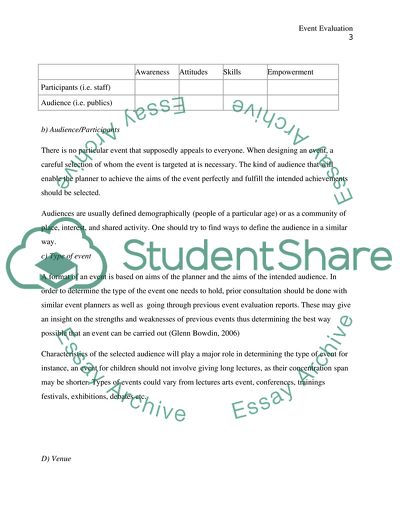Cite this document
(Models of Event Evaluation Assignment Example | Topics and Well Written Essays - 1750 words, n.d.)
Models of Event Evaluation Assignment Example | Topics and Well Written Essays - 1750 words. https://studentshare.org/tourism/1801028-event-evaluation-report
Models of Event Evaluation Assignment Example | Topics and Well Written Essays - 1750 words. https://studentshare.org/tourism/1801028-event-evaluation-report
(Models of Event Evaluation Assignment Example | Topics and Well Written Essays - 1750 Words)
Models of Event Evaluation Assignment Example | Topics and Well Written Essays - 1750 Words. https://studentshare.org/tourism/1801028-event-evaluation-report.
Models of Event Evaluation Assignment Example | Topics and Well Written Essays - 1750 Words. https://studentshare.org/tourism/1801028-event-evaluation-report.
“Models of Event Evaluation Assignment Example | Topics and Well Written Essays - 1750 Words”. https://studentshare.org/tourism/1801028-event-evaluation-report.


